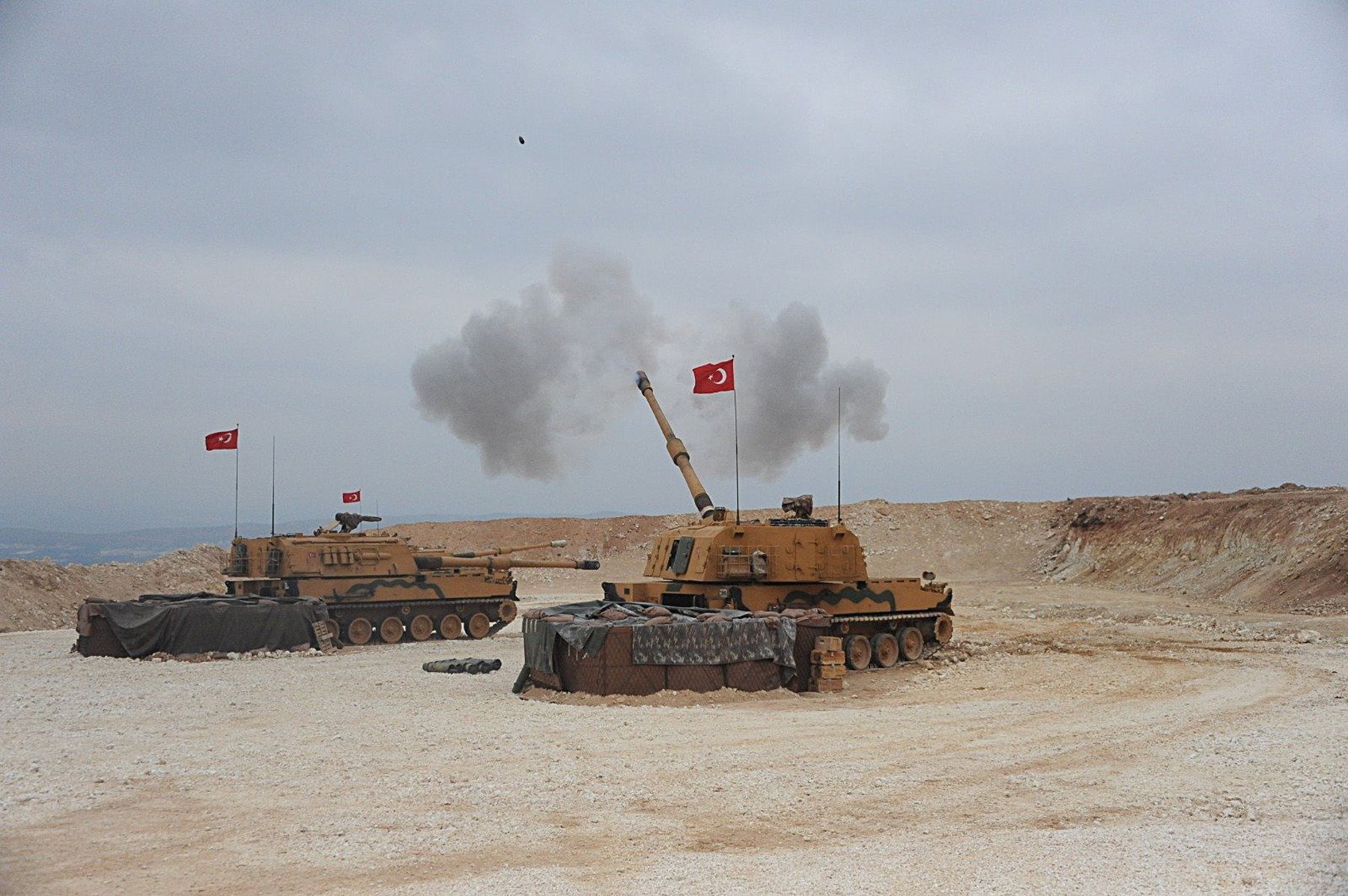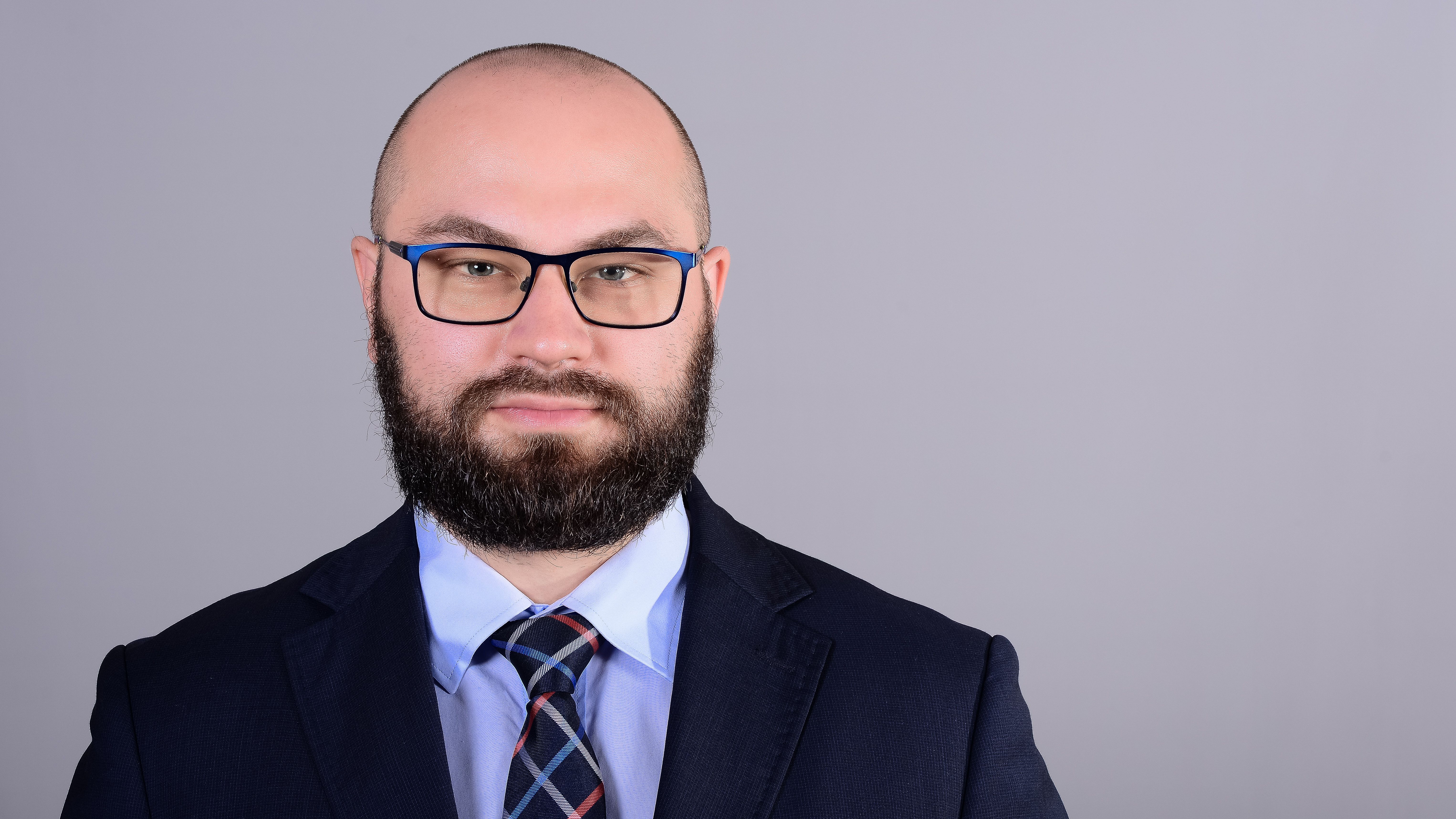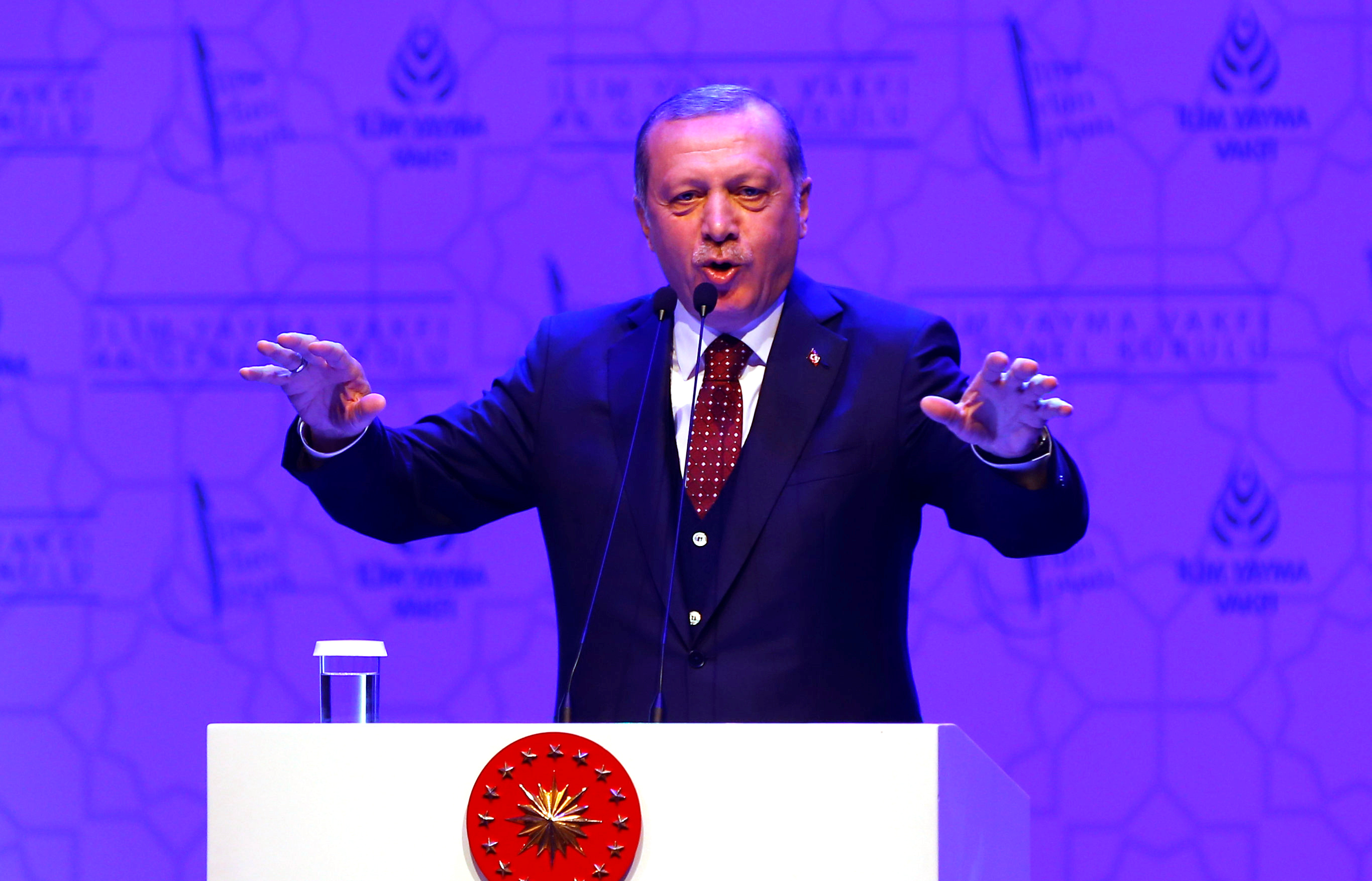Turkey's Operation in Northern Syria

The operation began on 9 October, three days after a conversation between Turkish President Recep Tayyip Erdo?an and U.S. President Donald Trump. Afterwards, the White House issued a statement suggesting the Americans did not intend to stop Turkey in the north of Syria. The “safe zone” Turkey wants to establish is planned to extend 30 km inside Syria and span 480 km along the Syria-Turkish border. It would be formed almost entirely east of the Euphrates (plus around the city of Manbid) in territory until now controlled by the Syrian Democratic Forces (SDF), supported by U.S. forces. The Turks would like to relocate 1–2 million Syrian refugees within the zone, and later, by extending the zone deeper into Syria, increase that number to 3 million. The project assumes the construction of 140 villages, each able to host 5,000 people, and 10 cities that could be inhabited by 30,000 each. The settlements would include infrastructure such as schools, playgrounds, mosques, and hospitals. The cost of the project’s first phase is estimated at nearly $30 billion.
Turkey’s Motives
Erdogan’s presentation at the UN General Assembly on 24 September was an element of pressure on the U.S. Turkey wants the Americans to end their cooperation with the SDF, comprised mostly of People’s Protection Units (YPG), tied to the Kurdistan Workers’ Party (PKK), which is considered a terrorist organisation by Turkey, the EU, and the U.S. It also had been negotiating with the U.S. to withdraw American troops (around 1,000 soldiers) from the area, but in a controlled manner that allows the Turkish army to enter smoothly. During the negotiations, the Turks proposed the establishment of a “buffer zone” or “safe zone” that would push away the YPG from the Turkish border. Until recently, the Americans refused this request. Instead, in August, the Americans offered Turkey a “security mechanism” through which Turkish and U.S. troops would jointly patrol northeastern Syria and force the SDF to remove its fortifications in the Turkish-Syrian frontier. Turkey considered this a stalling tactic and Erdo?an announced that if by the end of September the U.S. had not greenlit the “safe zone”, the Turks would forcibly establish it themselves. The mobilisation of troops around Tell Abyad was aimed at backing up his words.
Erdogan’s rush to establish the zone stems from numerous problems he faces in domestic politics. Surveys from the last few months show that about 80% of Turks negatively assess the government’s approach to Syrian refugees, demanding their return. The country’s difficult economic situation is partly the reason. Unemployment stands at around 13% and has led to anti-Syrian resentment in Turkish society. The state’s approach to refugees and the country’s economic issues—the most urgent problems according to opinion surveys—have had strong political effects. They contributed to Erdo?an’s Justice and Development Party (AKP) candidates losses in this year’s local elections in Istanbul and Ankara. Moreover, there are polls that show a decline in the president’s popularity, and some surveys even indicate that the opposition could win parliamentary elections. This has encouraged AKP dissidents Ahmet Davutoglu and Ali Babacan, once the party’s political heavyweights, to leave and declare they will form their own parties. These circumstances have prompted Erdogan to announce a revision of the government’s policy towards refugees, and the “safe zone” is part of this plan. The dynamics of the Syrian conflict have accelerated the timetable. If forces loyal to Syrian President Bashar al-Assad conduct an offensive on Idlib—currently halted due to Turkish-Russian arrangements—that could force up to 1.5 million Syrians to flee to Turkey. The Turks are aware of this liability in their deal with Russia and thus, they want the “safe zone” to serve as a safety valve in the event Assad’s military resumes the operation. In the longer term, it also may improve Turkey’s negotiating position in talks about Syria’s future.
The “Safe Zone” and Turkey-EU Cooperation
Turkey alone does not have enough financial resources to implement the infrastructure goals of the “safe zone”. It expects international support, including from the EU. The Turks will most likely want it to become part of Turkish-EU cooperation on migration and refugees. This may be understood from Erdo?an’s statement that he expects “strong support” from European countries. Recent increases in migration across the Turkish-Greek border are most likely the result of a loosening of border control by the Turks as an instrument of pressure on the EU. From January to September 2019, about 46,500 refugees arrived in Greece, which is 23% more than in the same period in 2018. In just August, the number of migrants amounted to 8,000, which was 3,200 more people than in August 2018.
The plan for a “safe zone”, though, in its current form makes it difficult for the EU to accept it. The basic worry is that Turkey will force the resettlement of refugees inside the zone. This stems from Turkish authorities’ high motivation to mitigate concerns among Turks about the refugees and in response to polling showing some Syrians do not want to return (more than two-thirds of those polled say their return is dependent not only on the end of the conflict but also on a change of regime, if ever). Moreover, the project would most probably result in changing the ethnic composition of the area in favour of Arabs and at the expanse of the Kurds. This is because the plan’s first phase assumes the construction of new cities for only a million inhabitants, which means that another million or so refugees will have to be resettled into existing, and some predominantly Kurdish, cities. Arab-Kurdish tensions in the Syrian territories currently controlled by Turkey are problematic. If the only entity allowed to be responsible for protecting the “safe zone” is the Turkish army in cooperation with Arab militias, an intensification of these tensions is likely. This creates another risk for the EU, as the “safe zone” may strengthen Turkish-Kurdish tensions, which may spread to Europe through their respective diasporas. This is even more likely since the Turkish army’s operation east of the Euphrates will bring it into conflict with the YPG. Another key player is ISIS, which continues to fight as an insurgency after losing territory it had earlier overrun. A broader problem related to ISIS is the fate of its members (considered terrorists worldwide) who are being held in camps and prisons under SDF control. If the responsibility for their judicial processing falls on Turkey, it will also force the EU to cooperate in this field. In the short term, however, the biggest threat is if the YPG, when engaged in fighting with the Turkish army, loosens control over the facilities where the jihadists are held, they could rejoin and bolster ISIS in Syria or escape to Europe.
Conclusions and Prospects
According to the Turkish authorities, the “safe zone” will comprehensively solve their problems in domestic and security policy, which is why they are highly motivated to implement it. The pace and character of the process depend on the U.S. stance. The controversy that Trump's favour to Turkey has generated in the U.S. may slow down the Americans’ withdrawal from Syria, but probably won’t stop it. This may limit Turkey’s aspirations for the zone and delay the implementation of its project, but it is doubtful that it will lead to full abandonment. Even a possible UNSC resolution is unlikely to induce Turkey to abandon it.
Limiting the size of the “safe zone” is in the EU’s interest. It is also crucial for the EU to reduce any tensions in Syria that the establishment of the zone brings. If Turkey allocates funds for the reconstruction of Kurdish cities in parallel with its own plans, this may help in this regard. The EU should also pressure Turkey to carry out relocation on a voluntary basis and ensure that the area is open to the activities of European non-governmental organisations. For the EU to get what it wants will require compromise on the Turkish side. The high cost of the zone project will most likely prompt Turkey to ask for EU financing, giving the EU additional leverage.




